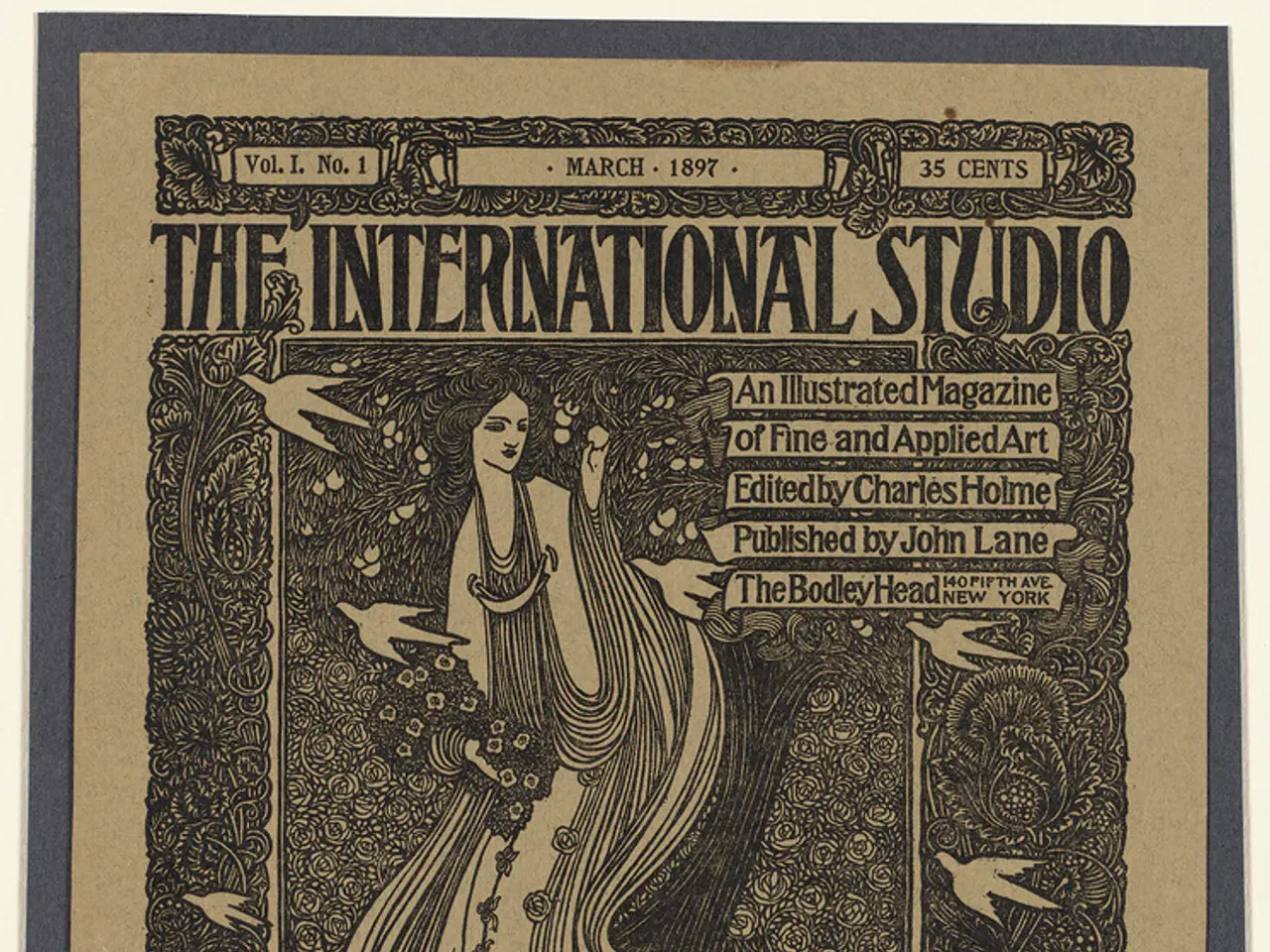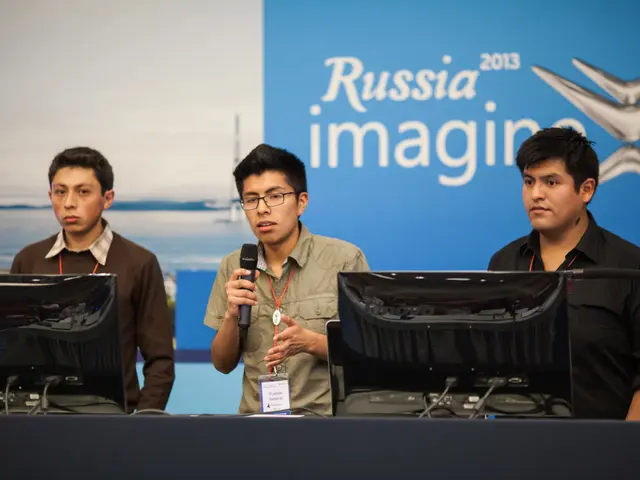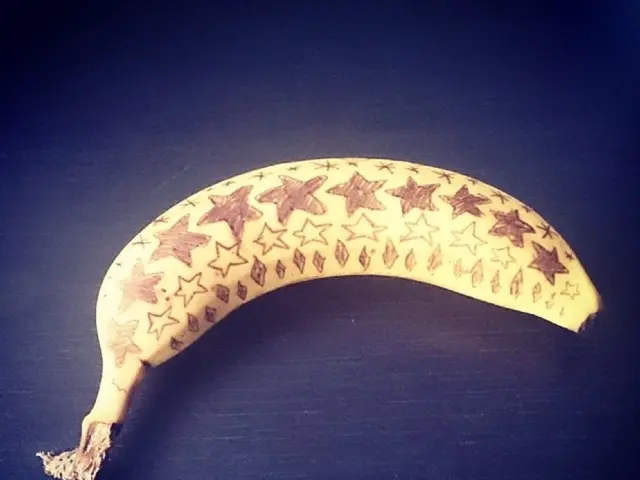Women now predominantly occupy the city of Bergisch Gladbach
In the city of Bergisch Gladbach, a significant moment took place as the FrauenOrt was established, thanks to Dr. Ulrich Soenius. This new initiative, which falls under the umbrella of the FrauenRat NRW, is part of the Women's Places NRW project. This project aims to correct the distorted perception that women have not made significant contributions to history by honoring outstanding historical female personalities throughout the state.
The Women's Places NRW project aims to recognize 57 female personalities from over ten centuries and all regions of North Rhine-Westphalia by the end of 2025 at 52 locations. The project is funded by the Ministry for Children, Youth, Families, Equality, Refugees and Integration of the state of North Rhine-Westphalia, with the patron being the Minister for Equality, Josefine Paul.
Among the women being honored are the Zanders women from Bergisch Gladbach. Julie Zanders, Maria Zanders, and Olga Zanders have been selected for a special honor, which will be visibly commemorated with a memorial plaque. This plaque was officially inaugurated on September 12, 2025, at Villa Zanders as part of the FrauenOrte NRW project.
Julie Zanders, the first of the Zanders women, led the company from 1831 to 1869. During her tenure, she made the company independent, a feat that was uncommon for women at the time. She resumed leadership of the company alone and later with her son, until her death in 1869. The Gohrsmühle, which remained the main headquarters of the company, was purchased during her tenure.
Maria Zanders followed, leading the company from 1870 until 1902. She is primarily known for the expansion and modernization of the company through acquisitions. Maria Zanders also had a lasting impact on the collection focus 'Art from Paper' and the visibility of contemporary art at the Kunstmuseum Villa Zanders. She initiated the construction of Villa Zanders between 1873 and 1874, a place where art, music, and civic engagement came together, which continues to shape the Kunstmuseum Villa Zanders today.
Olga Zanders managed the company from 1915 to 1929, employing around 1500 people. She ensured the survival of the company during World War I and the 1920s depression. Olga Zanders also established a wedding grant in 1918, providing 200 marks to daughters and sons of Zanders employees upon marriage.
The determined action of Julie, Maria, and Olga Zanders secured many people's jobs and livelihoods for many years. Without them, there would be neither the Zanders area, which shapes the cityscape, nor the long tradition of the paper city of Bergisch Gladbach.
The Zanders women were pioneers who took responsibility for leading the company Zanders at a time when this was not common. Their contributions to the paper manufacturer Zanders and the city of Bergisch Gladbach have earned them this well-deserved honor.
Read also:
- Duty on cotton imported into India remains unchanged, as U.S. tariffs escalate to their most severe levels yet
- Steak 'n Shake CEO's supposed poor leadership criticism sparks retaliation from Cracker Barrel, accusing him of self-interest
- Hydrogen Energy: Sustainable Innovation or Resource Exploitation?
- Dim outlook for a major energy corporation







